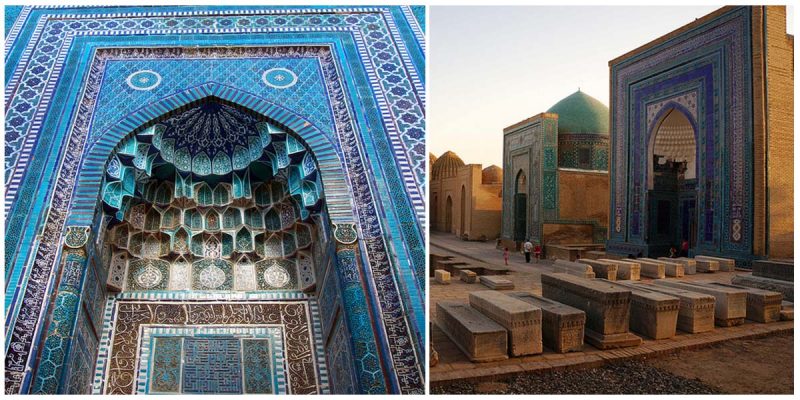Shah –I –Zinda is a funerary complex in the north-eastern part of Samarkand, Uzbekistan. It is the burial place of royal persons and nobles which include mausoleums and other ritual buildings of the 9-14th century and 19th century.
The name Shah-i-Zinda means “The living King” and is connected with the legend that Kusam ibn Abbas, the cousin of the prophet Muhammad was buried there. As if he came to Samarkand with the Arab invasion in the 7th-century to preach Islam.
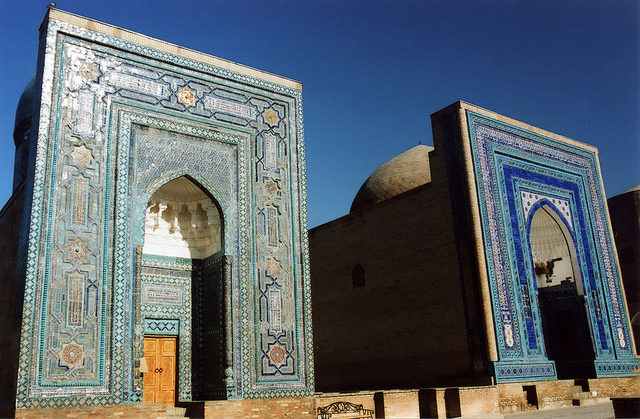
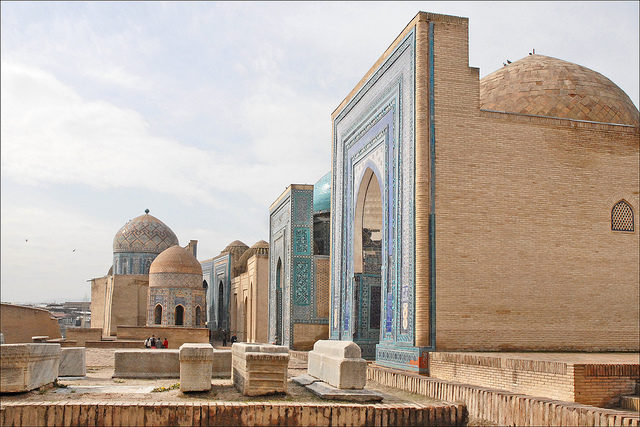
His shrine is the focal point of the complex situated in the northeastern part who according to legend was beheaded because of his faith. But he took his head and went into the deep well where he’s still living now. Because of this legend, the Complex became an important pilgrimage center that was revered by the people as sacred.
The shrine of Kusam ibn Abbas is actually a small architectural complex of a few buildings dating back to the 14th-15th centuries. There is a wooden door at the opening of the shrine and it features a lot of rich carvings and was initially decorated with ivory inlays.
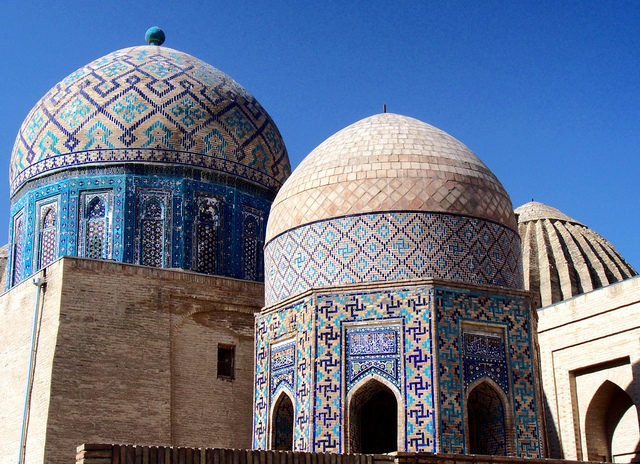
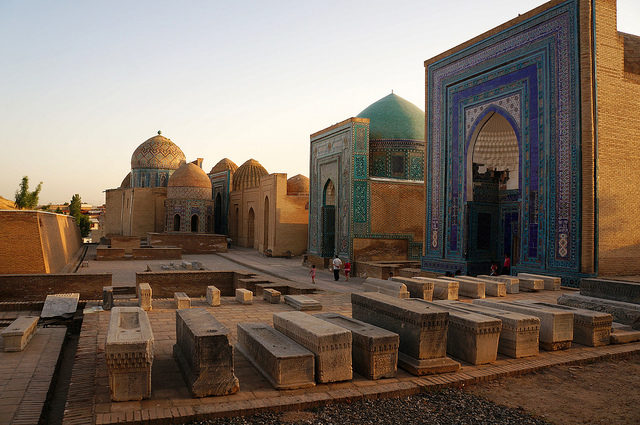
The ensemble comprises three groups of structure: lower, middle and upper connected by four-arched domed passages locally called chartak. The earliest buildings date back to the 12th century. Mainly their bases and headstones have remained now.
The last construction is the main entrance to the crypt Shakni Zinda, which completes the whole ensemble. Reconstructions of the 16 & 19th centuries were of no significance and did not change the general composition and appearance.
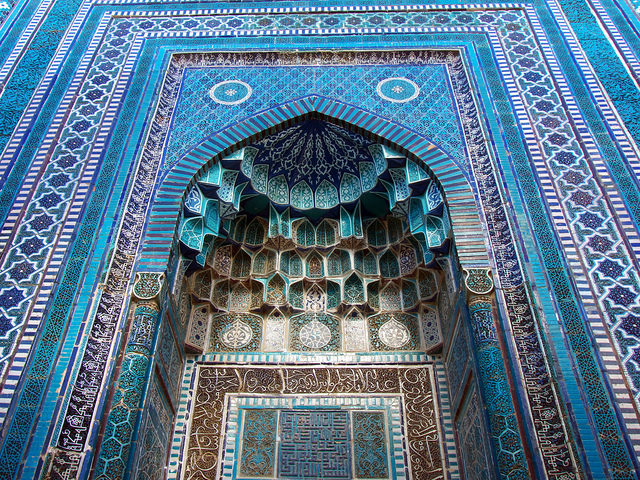
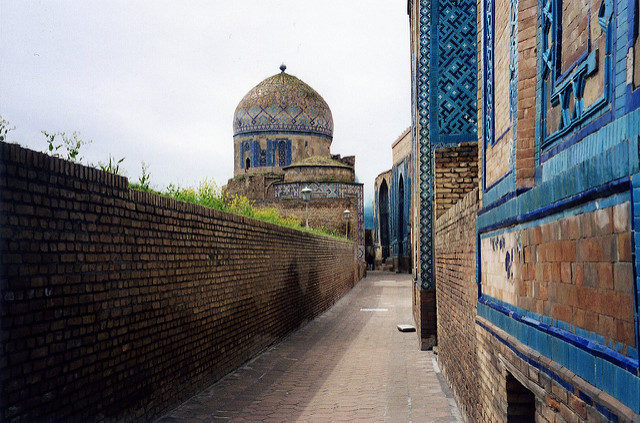
The middle group consists of the mausoleums of the last quarter of the 14th century and is concerned with the names of Timur’s relatives, military and clergy aristocracy. On the western side the Mausoleum of Shadi Mulk Aga, the niece of Timur, stands out. This portal-domed one-premise crypt was built in 1372, opposite of Shirian Bika Aga, Timur’s sister.
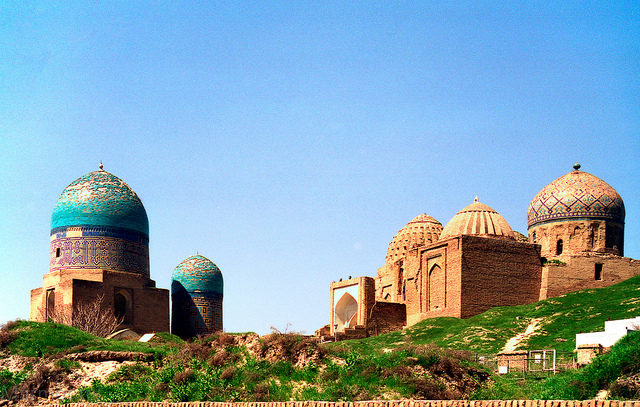
According to Advantour, a unique ensemble of ancient tombs is located near Afrasiab settlement. It is also called “street cemetery”. The building of mosques and mausoleums of 14th and 15th centuries oddly stretched on both sides and their blue domes look like an elegant necklace from the top.
The ensemble of Shah-i-Zinda mausoleums, along with other ancient buildings of Samarkand was included in the Unesco World Heritage List in 2001. It is a major tourist attraction and an important Islamic holy site. It is believed that going on a pilgrimage to it equals a hajj to Mecca.
